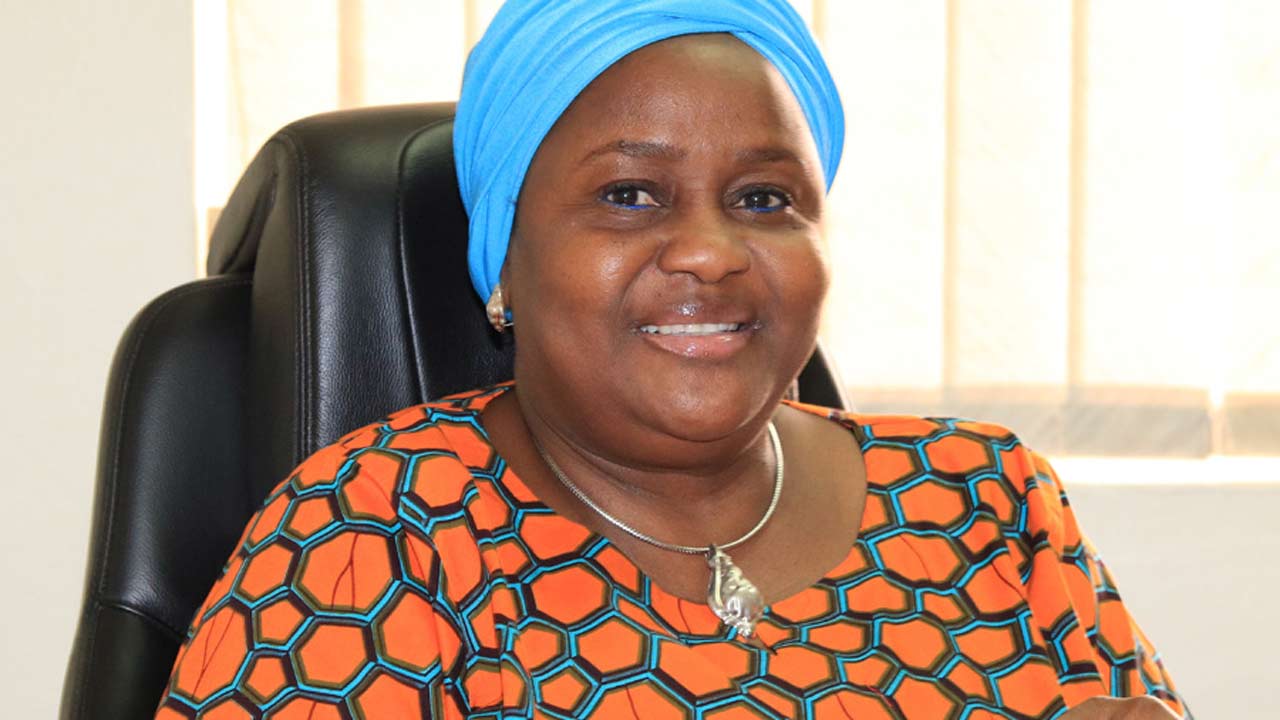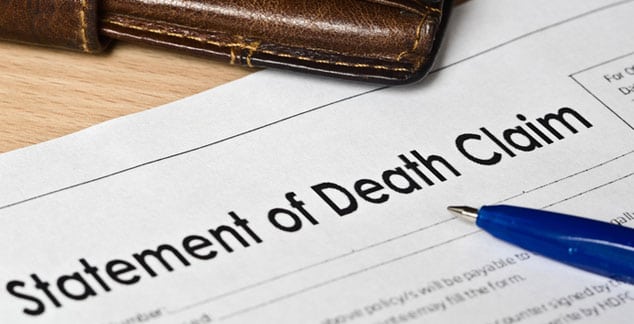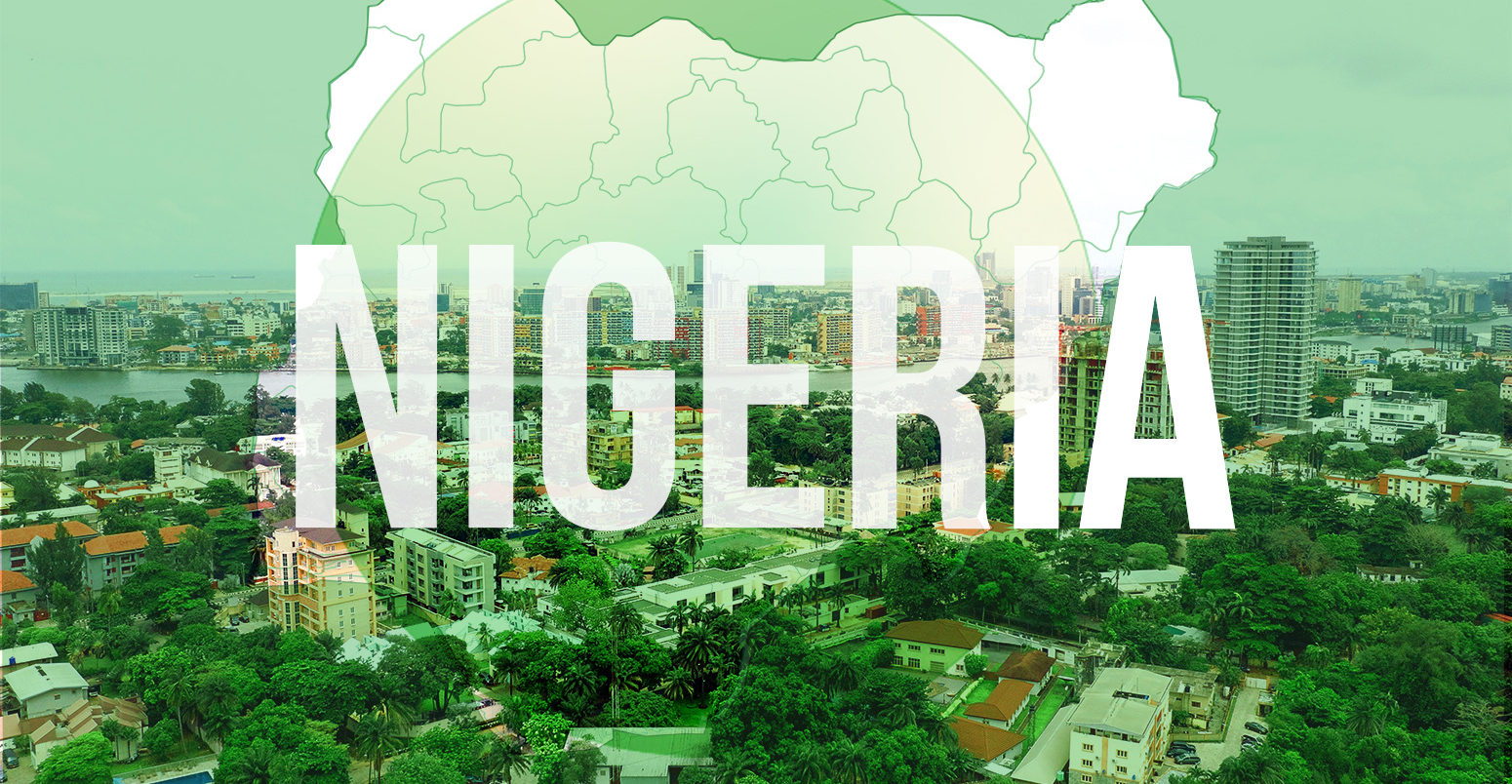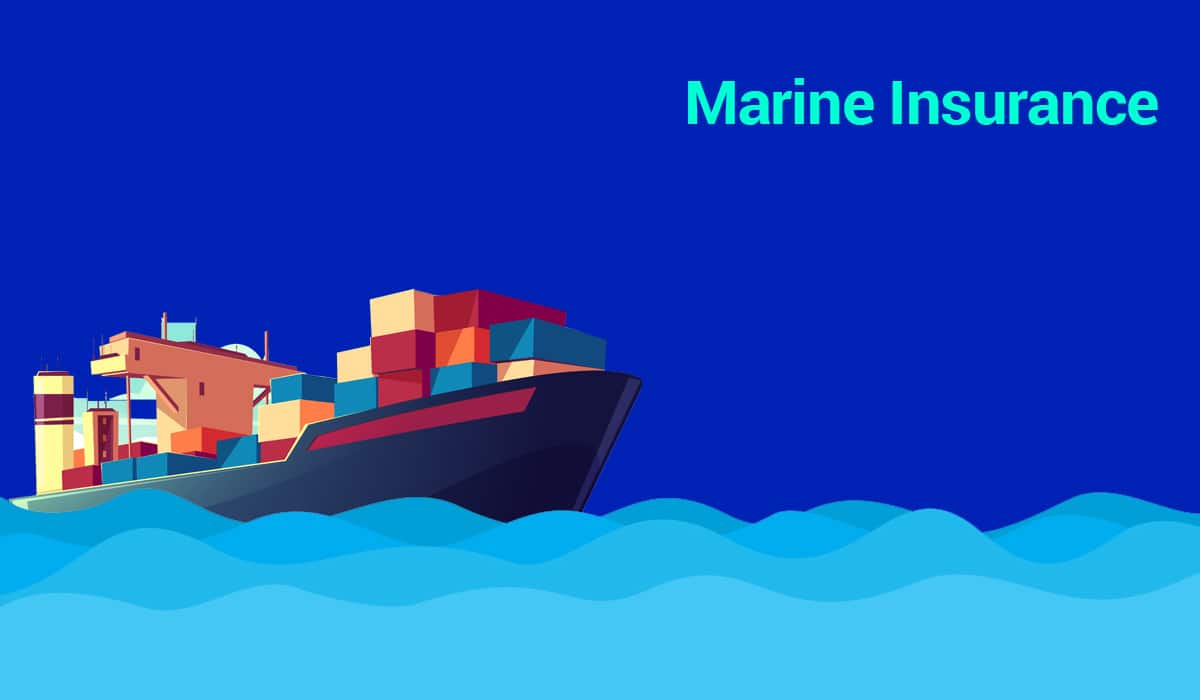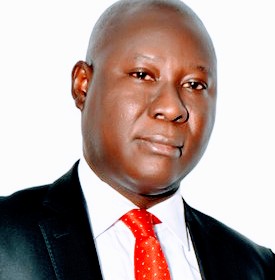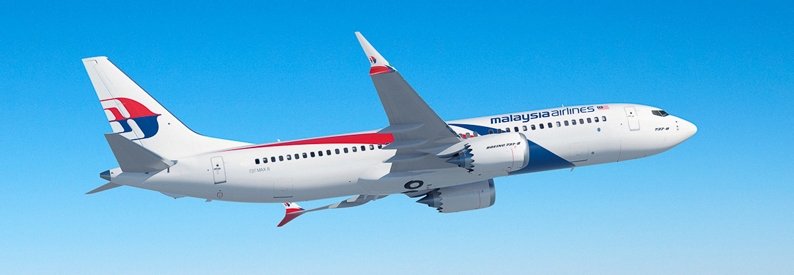By admin
Global marine premiums rose 6.1 percent last year to $30bn with underwriting results improving across all regions on the back of low claims, according to new figures from the International Union of Marine Insurance (IUMI).
Unveiling the numbers at its annual conference in Seoul, South Korea, IUMI reported positive news for marine insurers in most insurance lines and geographic regions. It said this is the result of an increased premiums base, an “extraordinarily low” claims frequency during Covid-19 and a better-than-expected economic bounceback from the initial effects of the pandemic.
Some 47.7 percent of the $30bn global marine premium last year came from Europe, 29.3 percent from Asia-Pacific, 9.3 percent from Latin America, 7.7 percentfrom North America and 6% from elsewhere.
By line of business, cargo continued to represent the largest share with 57.2 percent followed by hull on 23.8 percent, offshore energy on 12.1 percent and marine liability on 6.8 percent
Vice-chair of IUMI’s facts and figures committee, Astrid Seltmann, said: “We are reporting an increase in absolute premiums for 2020 in both the hull and cargo markets. These are derived as a combination of volume – trade, values, global fleet size – and rates per insured unit. It appears that the European market bottomed out in 2019 and is now strengthening again; and the Asian market continues to enjoy a year-on-year increase that began in 2016. We see this primarily as a market reaction to the depleted premium base experienced in preceding years.”
She added that in general, cargo and hull underwriting results improved in 2019/2020 across all regions, largely due to the strengthened premium base coupled with very low claims.
“This is a positive trend but as this recovery started from a very low base it is not yet clear if the current improvement will be sustained in future years to give more predictability for shipowners, cargo owners and insurers. The recent claims environment has been relatively benign, which needs to be seen in connection with reduced activity in some shipping segments in 2020 – cruise, container trades – as a reaction to Covid measures. With the economy recovering and shipping and offshore activity increasing, it can be expected that both claims frequency and severity will also rise again,” continued Ms Seltmann.
IUMI’s figures show that global offshore energy premiums rose 8.6% last year to $3.6bn.
IUMI said premium income mirrors the global oil price and believes that the bottom of the premium decrease cycle has been reached. “However, the oil price remains volatile and was impacted negatively in 2020 due to the pandemic. 2021 has seen an oil price rally but the effects of events such as Hurricane Ida are yet to be known,” it said.
Claims in the offshore energy sector remain historically low, with 2020 likely to produce the lowest upstream claims this century, said IUMI.
Global cargo premiums were up 5.9 percent in 2020 to $17.2bn, its numbers show.
The Chinese market continues strong growth, with moderate growth in other regions. Exchange rate fluctuations impact most heavily on this sector, so comparisons with earlier years cannot be exact, IUMI noted.
It added that the fortunes of the cargo market tend to follow trends in world trade and predictions from the International Monetary Fund are optimistic.
“Global trade appears to have returned more strongly than expected after the outbreak of Covid, which lends a positive outlook for business opportunities within the cargo market going forward,” said IUMI.
It added that improving loss ratios in 2019/2020 returned the cargo sector to technical break-even for the first time in many years.
“Although the claims impact was relatively low in 2019/2020, which helped return the sector to a technical break-even, there is still a potential for a higher claims environment to return in 2021 and beyond. In particular, accumulation of risk continues to cause concern. The trend of storing large amounts of cargo at single sites or on single vessels exposes high values to nat cat or man-made events that could easily result in costly claims,” continued IUMI.
Global ocean hull premiums, meanwhile, rose 6 percent last year to $7.1bn, according to IUMI.
Growth was particularly strong in the Nordic region but much weaker in the UK and Lloyd’s market, where the decline in recent years continued. Again, claims were low because of Covid-19 and IUMI said the current recovery might see claims return to more normal levels in the near future.
It added that, in general, ocean hull loss ratios improved across all regions, returning the market to a technical break-even position after many years of “unsustainable” results. Shipping’s return to full activity might negatively impact that position, however, it warned.
“Of particular concern is that the frequency of onboard fires does not decline contrary to the overall claims frequency. This is particularly true for large container vessels. Statistically, these vessels are more prone to fire due to the large quantities and variation of cargo being carried, as well as the challenges inherent in fighting a fire on such a large vessel at sea. Containership fires affect seafarers, the environment, as well as cargo, hull and liability insurance, and must be urgently addressed,” it said.
Philip Graham, chair of IUMI’s facts and figures committee, said: “Our analysis for 2020 shows some signs of encouragement for market development in all main marine insurance lines and in all global regions. But we should remain cautious as there are a number of factors at play.
“On the positive side, we are seeing new markets enter the marine insurance space, particularly offshore wind where project sanctioning has overtaken offshore oil and gas for the first time… more generally, OECD business confidence has returned, or is rapidly returning, to pre-Covid levels, world trade forecasts are extremely positive and this will drive demand for shipping and, consequently, marine insurance… overall, shipping appears to be bouncing back strongly from the outbreak of Covid,” he added.
But he warned that increased shipping activity, reactivation in the offshore energy market and an increasingly ageing merchant fleet have the potential to reverse the current downward trend in marine claims

